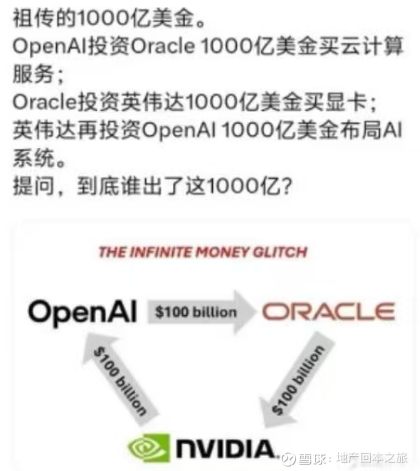The echos of 1999
To mask problems, some companies created virtual revenues. One of the simplest ways to do this is to pay customers to buy your goods. And by the late nineties this is precisely what Cisco was doing. George Noble, a Boston-based portfolio manager best known for a successful stint running Fidelity’s Overseas Fund, recalled stumbling onto one of Cisco’s virtual cus tomers. At the time, Noble was attending a road show for B2, a small broadband company that was trying to drum up interest in an IPO: “To lend credibility to the whole thing, they were pointing out all the big investors they had, like Morgan Stanley—who by the way was also their underwriter. Then they said, ‘We buy all of our equipment from Cisco. We gave Cisco an order for $330 million of equipment and we got 135% ven dor financing.’ ” Noble perked up. He decided to play dumb. “How does that work? What is vendor financing?” “Well, the order was for $330 million of equipment and they gave us $450 million of financing at 9% interest and with no payment and princi pal for the first year,” the company spokesperson explained. “Is that good?” Noble asked, still playing the innocent. “The Morgan Stanley banker shot up out of his chair because he wanted to dazzle us with how great the deal was for B2,” Noble recalled. “Everyone knew where I was going with that question except the banker who went on to explain what a great deal it was.” 8 At least for B2. The company received $330 million of free equip ment plus $80 million in cash. In return, Cisco received $330 million of revenues—on paper. Maybe B2 would be able to repay the loan. Maybe not. Cisco was hardly alone. Telecom-equipment suppliers were particu larly generous with their loans: by the end of 2000, they were collectively owed as much as $15 billion by customers, a 25 percent increase in a single year
为了掩盖问题,一些公司创造了虚假收入。有一种最简单的方法就是花钱让客户购买自家产品。到了20世纪90年代末,思科(Cisco)正是这样做的。
乔治·诺布尔(George Noble)是波士顿的一位投资组合经理,曾因成功管理富达海外基金(Fidelity’s Overseas Fund)而闻名。他回忆道,自己偶然发现了思科的一个“虚拟客户”。当时,诺布尔正在参加一家小型宽带公司B2的路演,该公司正试图为其IPO(首次公开募股)造势。
“为了增加可信度,他们列举了所有大牌投资者,比如摩根士丹利——顺便提一句,摩根士丹利也是他们的承销商。”诺布尔回忆道,“然后他们说:‘我们所有的设备都从思科采购。我们给思科下了3.3亿美元的设备订单,并获得了135%的供应商融资。’”
诺布尔立刻警觉起来,决定装傻提问:“这怎么运作?什么是供应商融资?”
B2公司的发言人解释道:“订单是3.3亿美元的设备,但他们给我们提供了4.5亿美元的融资,利率9%,第一年无需偿还本金和利息。”
诺布尔继续装傻:“这划算吗?”
“摩根士丹利的银行家突然从椅子上跳起来,想向我们炫耀这笔交易对B2有多划算。”诺布尔回忆道,“除了那个银行家,所有人都明白我的问题指向哪里。但他还是继续解释这笔交易有多好。”
至少对B2来说,这确实是一笔好交易——他们不仅免费获得了3.3亿美元的设备,还额外拿到了8000万美元现金。而思科则获得了3.3亿美元的账面收入。至于B2未来能否偿还贷款?没人知道。
思科并非个例。电信设备供应商尤其慷慨地提供贷款:到2000年底,他们向客户提供的贷款总额高达150亿美元,仅一年就增长了25%。
==============
2025:

我认为是表面是英伟达,
英伟达最后出了1000亿的显卡,
背后是孙正义,
孙正义投资星际之门1000亿美金,
其实是投资者,
投资者花了1000亿美金买了10GW的一年光电费就100亿刀的“吞金兽”